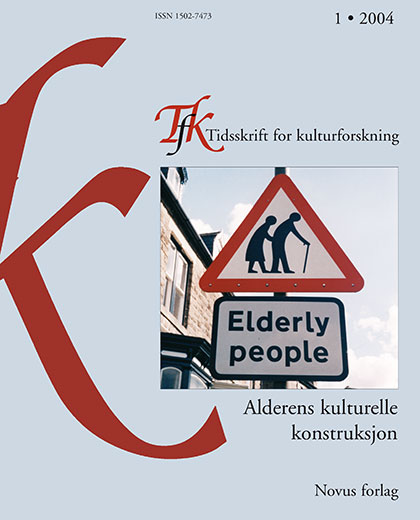Sammendrag
In this article, it is argued how chronologization implicates cultural connotations about age and the lifespan, from the time of pre-industrialization until today.Pre-industrialization is here entitled pre-chronologization, indicating that perceptions of time were cyclic, and that people of all ages were supposed to participate in working and providing food. Generational age was an important characteristic for human life and for a person's place in the structures of power and wealth, but chronological age was hardly known.
Due to industrialization, working life and human life were set in timely order, and citizenship rights in the modern welfare state were connected to chronological age - in all ages. This also meant a creation of certain age-based types of paternalism. Especially old age is characterized by the terms biomedicalization and gerontologization.
In the postchronological culture, life and work is more in a flux. People live longer and are healthier than before. Aging is observed to be a phenomenon of diversity, and hence chronological age is not a convenient factor for grouping or characterizing people. But cultural considerations, as well as society and its rules seem to be lagging behind. Especially in the political discourse, where the global, growing amount of old people are entitled "age-quake", and "the aging society" implicating expectations of being an economic burden for societies.
Forfattere beholder opphavsretten og gir tidsskriftet rett til første publisering av arbeidet. En Creative Commons-lisens (CC BY-SA 4.0) gir samtidig andre rett til å dele arbeidet med henvisning til arbeidets forfatter og at det først ble publisert i dette tidsskriftet.

